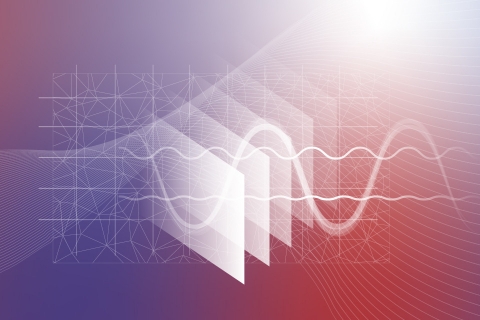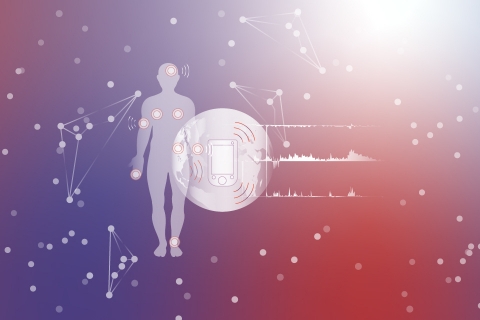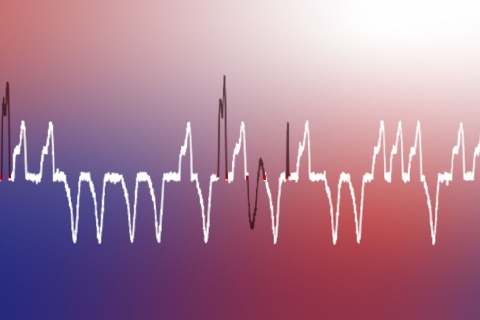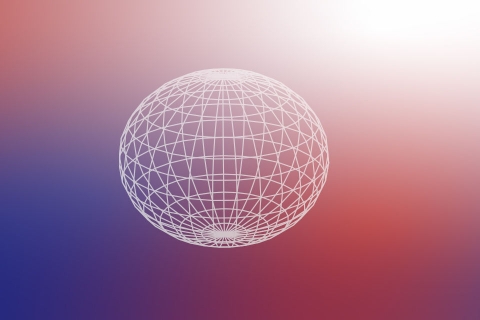Mathematical foundations and algorithms for artificial perception and learning
Scientific approach
The works of this theme are characterized by a global and pragmatic approach including a theoretical base, an intimacy with the reality of the studied phenomena (in situ measurement campaigns, transdisciplinary expertise) and a concretization of the achievements through digital technologies (industrial numerical codes, Internet platforms).
This theme regularly contributes, through mathematical analysis, to the design or the improvement of new observation instruments (digital photography, satellite imagery), but also to automatic processing chains for image, signals and videos of all types (video surveillance, behavior quantification,...). These applications require mastery of the entire chain, from data acquisition by bunches of sensors or via Internet platforms, mathematical modelling, data processing, their automatic analysis by algorithms and their efficient implementation in numerical codes likely to meet the expectations of the applications. This research these is also a pioneer in the publication of algorithms according to very high standard of reproducibility.
Covered topics
- Processing and analysis of images and videos : denoising, deblurring, super-resolution, digital forensics, pattern recognition, event or anomaly detection. Among the fields of application are digital photography, satellite imagery with its multiple modalities (interferometry, infrared, hyper- and multi-spectral imagery, medical imagery, shape spaces, atlases).
-
Signal processing, trajectories, signals on graphs: filtering, segmentation, change-point detection, representation learning, sparse coding, multimodality, pattern recognition. The areas of applications are mainly the industrial field (maintenance issues and detection of anomalies) and the biomedical field (health, ageing and prevention, human factors).
-
Graphs and networks: diffusion processes on graphs (information cascades, SIR and SIS model epidemics), resource allocation algorithms for process control, signals on graphs. Applications in epidemiology, marketing, biology and operational research.
-
Machine learning: scoring and ranking algorithms, representation learning, transfer learning and domain adaptation, distributed or federated learning, global optimization, large scale comparison tests... Industrial and biomedical applications.
-
Geometric statistics: study of data in varieties, orbifolds or stratified spaces. Applications to life sciences, neuroscience and molecular biology.
-
Generative image models: development of probabilistic and stochastic geometry tools to analyze and synthesize images.






